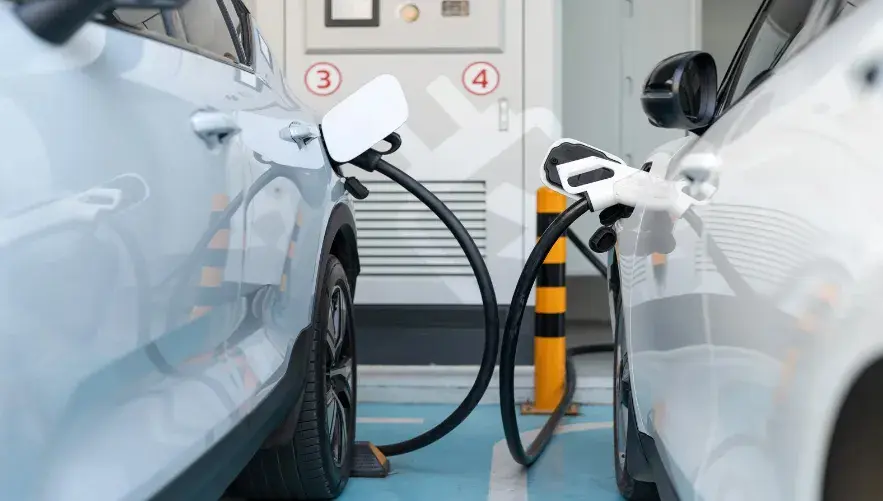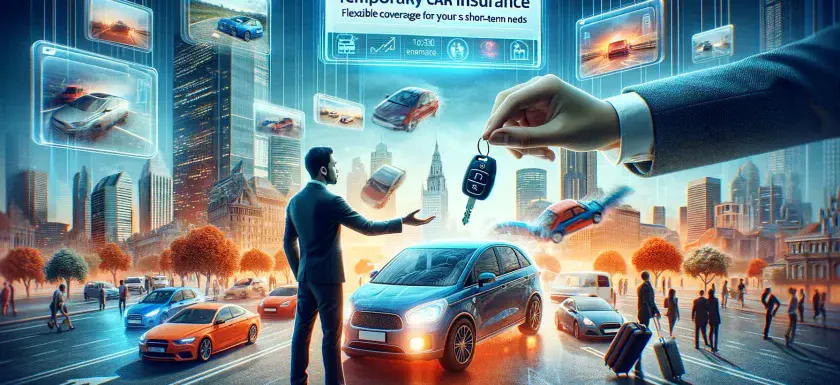
Why EV Charging Infrastructure Matters
The availability of an extensive and reliable charging network is essential for EV adoption. Just as gasoline stations are integral to the operation of traditional vehicles, charging stations are vital for the growth and success of the electric vehicle market. Here are some key reasons why charging infrastructure is so important:
1. Overcoming Range Anxiety
Range anxiety — the fear of running out of battery before reaching a charging station — is one of the most common concerns among prospective EV buyers. With more charging stations available in key locations, drivers can feel confident that they will have access to power when needed, alleviating this anxiety and encouraging more people to make the switch to EVs.
2. Expanding EV Adoption
The expansion of charging infrastructure directly impacts the widespread adoption of electric vehicles. As more charging stations become available, it becomes easier and more convenient for drivers to transition from gas-powered vehicles to EVs. A strong network makes EVs more practical for daily use, road trips, and long-distance travel.
3. Environmental Benefits
Increased EV adoption, facilitated by reliable charging infrastructure, can significantly reduce greenhouse gas emissions and air pollution. Unlike traditional vehicles that run on fossil fuels, electric vehicles produce zero tailpipe emissions, making them an important part of efforts to combat climate change.
4. Economic Growth
Developing EV charging infrastructure presents an opportunity for economic growth, particularly in the renewable energy and automotive sectors. The installation of charging stations creates jobs and fosters innovation, while governments can use EV incentives and tax credits to encourage private investment.
Types of EV Chargers
Not all EV chargers are created equal. Charging stations come in various types, each suited to different use cases. Understanding these types is crucial for both drivers and businesses planning to install charging points.
1. Level 1 Charging (Standard AC Charging)
- Power Output: 120V
- Charging Time: 8-12 hours for a full charge
- Use Case: Residential homes
- Description: Level 1 charging is the most basic form of EV charging, often using a standard home outlet. While it’s the slowest charging method, it’s ideal for overnight charging at home, particularly for those with lower daily driving needs.
2. Level 2 Charging (Fast AC Charging)
- Power Output: 240V
- Charging Time: 4-6 hours for a full charge
- Use Case: Residential homes, public locations, workplaces
- Description: Level 2 chargers offer faster charging compared to Level 1. These chargers require a dedicated 240V circuit, commonly found in homes, workplaces, and public charging stations. They are a popular option for both residential and commercial settings.
3. DC Fast Charging (Level 3 Charging)
- Power Output: 480V or higher
- Charging Time: 30 minutes to 1 hour for an 80% charge
- Use Case: High-traffic locations, highway rest stops, long-distance travel
- Description: DC fast chargers are the fastest charging option, providing up to 80% charge in just 30 minutes. These are typically found in public locations and along highways, making them ideal for long-distance travel and reducing charging time for drivers.
4. Wireless Charging
- Power Output: Varies, typically lower than wired charging
- Charging Time: Similar to Level 1 or Level 2
- Use Case: Residential or public locations in the future
- Description: A newer and less common technology, wireless charging involves using electromagnetic fields to charge an EV without a physical connection. Though it’s not yet widely available, it holds potential for added convenience in the future.
Challenges in Expanding EV Charging Infrastructure
Despite the clear benefits of a widespread EV charging network, there are several challenges that must be addressed to ensure its success:
1. Infrastructure Investment and Funding
The cost of building and installing EV chargers can be substantial, particularly for fast-charging stations. Public-private partnerships, government incentives, and investments from automakers and utility companies will play a vital role in funding and expanding the charging infrastructure.
2. Accessibility and Convenience
Charging stations need to be conveniently located, easily accessible, and compatible with a wide range of vehicles. In densely populated urban areas, parking spaces may be limited, which could make it difficult to install enough charging stations. Additionally, charging stations need to be available in rural and remote areas to facilitate long-distance EV travel.
3. Standardization and Compatibility
With different charging standards and plug types, ensuring that chargers are compatible with various EV models can be complex. Standardizing connectors and communication protocols across manufacturers will help ensure seamless charging experiences for all drivers.
4. Grid Capacity and Energy Supply
The increased demand for electricity as more EVs hit the road can put additional strain on the grid, especially during peak charging hours. Upgrading the energy grid to accommodate EV charging needs and incorporating renewable energy sources will be crucial for ensuring sustainability.
Innovations in EV Charging
As technology continues to evolve, so too does the electric vehicle charging infrastructure. Several key innovations are helping to improve the charging experience:
1. Smart Charging
Smart charging systems allow users to monitor and control their charging remotely via mobile apps. These systems can optimize charging times, track energy usage, and integrate with renewable energy sources like solar panels. Smart charging also helps manage grid demand, preventing overloading during peak hours.
2. Ultra-Fast Charging
Ultra-fast charging technology is already being developed to reduce charging times even further, with some stations expected to charge EVs to 80% in under 20 minutes. These advancements will be particularly beneficial for long-distance travelers and help make EVs more practical for a wider range of users.
3. Vehicle-to-Grid (V2G) Technology
Vehicle-to-grid (V2G) technology allows electric vehicles to not only draw energy from the grid but also return energy to it. This system could help balance energy demand, support grid stability, and offer a source of backup power for homes during outages.
4. Solar-Powered Charging Stations
Solar-powered charging stations are gaining traction as a sustainable alternative to grid-dependent chargers. These stations harness the power of the sun to generate electricity, offering a clean, renewable energy source for EV charging.
The Future of EV Charging Infrastructure
The future of EV charging infrastructure looks promising as governments, private companies, and consumers continue to invest in sustainable and efficient solutions. As the number of electric vehicles on the road increases, the demand for charging stations will continue to rise. Expanding charging networks, improving charging speeds, and integrating renewable energy sources will be critical in supporting the mass adoption of electric vehicles.
Governments around the world are already taking action to promote EV infrastructure. In the U.S., the Biden administration has pledged significant investments to build a national network of fast-charging stations, while European countries like Norway and the Netherlands have already achieved impressive EV charging coverage.
The transition to a fully electric future depends not only on the vehicles themselves but also on the availability and efficiency of the infrastructure that supports them. By addressing the challenges and embracing innovative solutions, we can ensure that the future of transportation is green, efficient, and sustainable.
Conclusion
Electric vehicle charging infrastructure is a cornerstone of the green transportation revolution. As more people make the switch to electric cars, the need for accessible, fast, and reliable charging stations becomes even more critical. While there are challenges to building a comprehensive charging network, advances in technology, government support, and private investment are paving the way for a cleaner, more sustainable future. As we continue to expand and improve EV charging infrastructure, we can look forward to a world where electric vehicles are the standard, not the exception.






